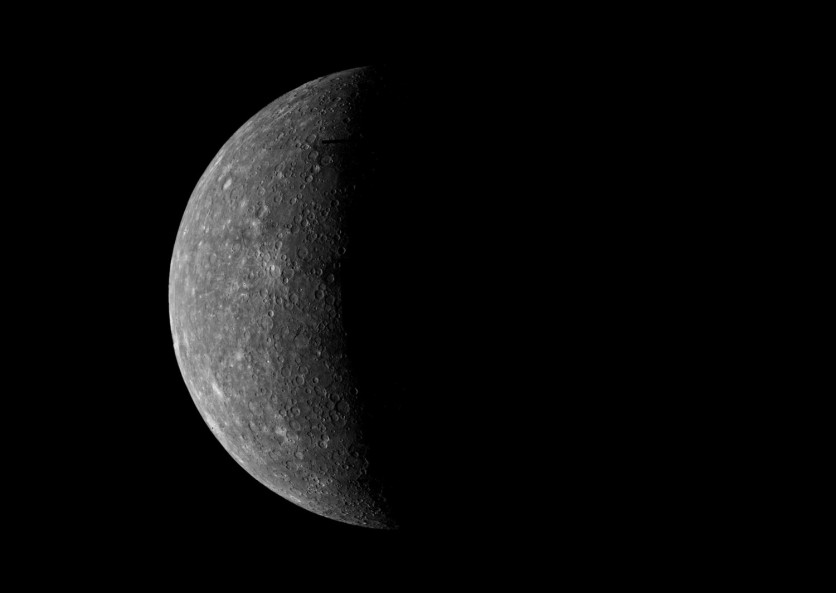
Astronomers spotted an iron-rich planet nearby our solar system and could also help scientists unveil how Mercury formed.
A planet made up of iron has been detected by Astronomers. But it's not about its composition that excites them, but the way it could help scientists unlock the mystery of the planet Mercury's formation.
This report from a journal article said the iron planet is about 31 light-years away from Earth. Though astronomers have yet to take a closer look, they could estimate its mass and size by just watching how stars orbiting around them behave. From there, they concluded that the planet is indeed largely made up of iron.
"From our measurements, we find that this exoplanet is smaller and less massive than the Earth," says Kristine Lam, a researcher at the Institute of Planetary Research in the German Aerospace Center in Berlin.
Lam also noted that it might appear similar to our neighboring planet, Mercury, because of its composition.
About The Iron Planet
What we know about the iron planet so far is that it is now known as "GJ 367 b." It is orbiting closely to its red dwarf star, taking eight Earth hours to whiz around it. The recorded temperature on GJ 367 b's surface can potentially reach a scorching 27000 degrees Fahrenheit or 1500 degrees Celsius.
"We can imagine this planet is probably like a molten planet, at a temperature where a lot of metals can start to melt. Perhaps it has lava, and perhaps it doesn't have an atmosphere, but at the moment we don't know yet," says Lam.
Since this particular planet is orbiting around a bright nearby star, scientists could gain more information about it through the James Webb Space Telescope, which is scheduled to lift off on Dec 22.
Now, although astronomers and scientists have discovered over 5,000 planets orbiting distant stars over the years, it's unusual to find ones that orbit around their stars in less than one Earth day.
Joshua Winn, an astronomer from Princeton University, says nobody expected such planets to exist. Still, despite being a rare one, these planets are usually the most interesting.
Winn also explained that a planet like GJ 367 b can't form the way it is, where it is right now, since the environment is too hot for solid materials to cling together.
Also, the fact that the iron planet is so dense is intriguing.
Additionally, Winn says it's long been unclear why our solar system's Mercury is iron-rich.
Winn says nobody has found out how Mercury sticks out the way it is, citing Venus, Earth, and Mars containing less iron than the said planet.
Although there were already circulating theories conceptualizing how Mercury was formed, a lot of doubts remain unanswered.
It is unclear whether the iron planet has a connection with other worlds orbiting around their stars in less than a day in Earth's time. But one thing's for sure, and GJ 367 b is an interesting clue that might be the missing puzzle in solving how Mercury formed.
Related Article : ALMA Sees Water, Carbon Monoxide in a Planet from a Galaxy 12 billion Light Years Away from Earth
This article is owned by Tech Times
Written by Thea Felicity
![Apple Watch Series 10 [GPS 42mm]](https://d.techtimes.com/en/full/453899/apple-watch-series-10-gps-42mm.jpg?w=184&h=103&f=9fb3c2ea2db928c663d1d2eadbcb3e52)



